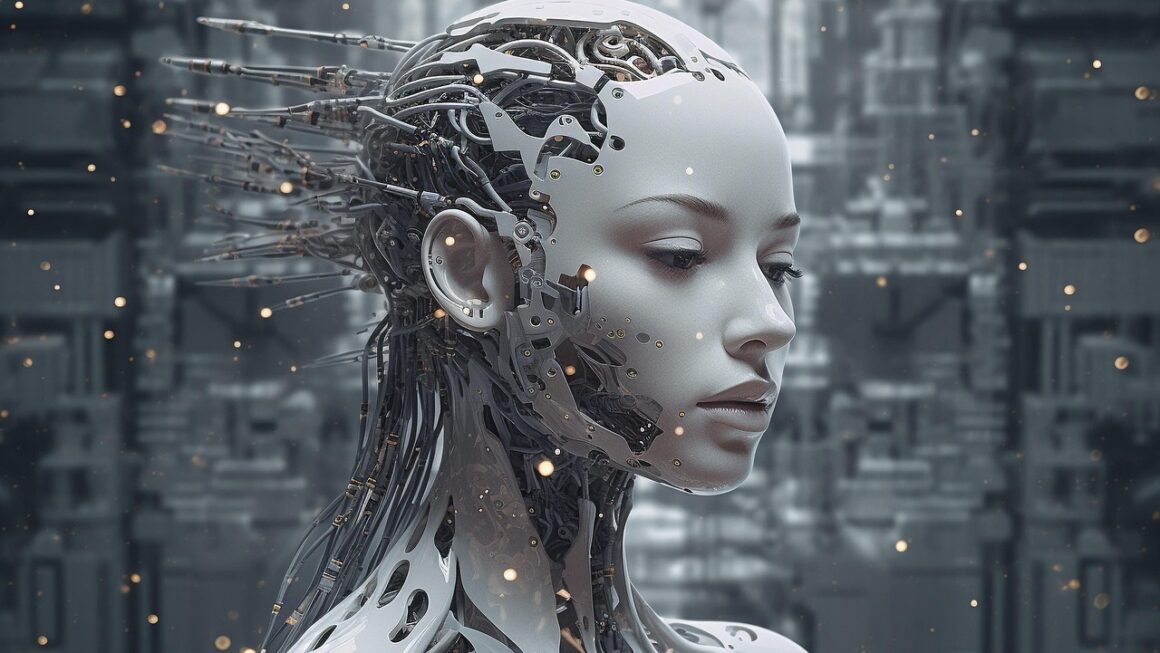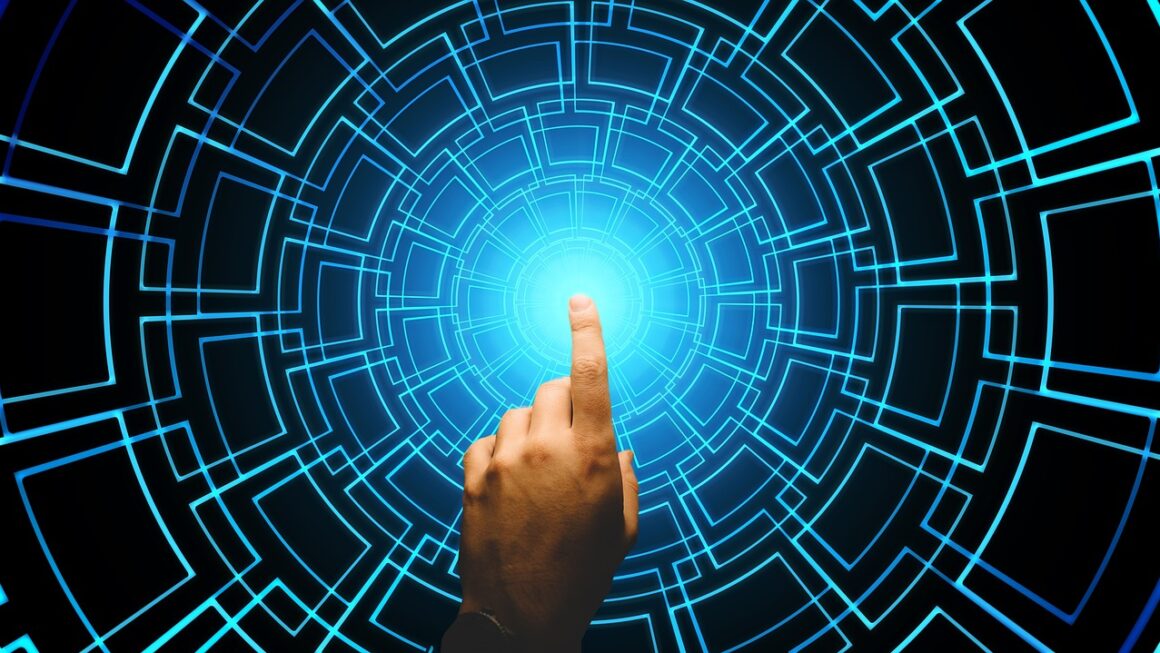Neural networks, inspired by the intricate workings of the human brain, have revolutionized various fields, from image recognition to natural language processing. They offer a powerful approach to solving complex problems by learning patterns and relationships directly from data. This blog post dives deep into the world of neural networks, exploring their structure, functionality, and applications. Whether you’re a seasoned data scientist or just beginning your journey into the realm of artificial intelligence, this comprehensive guide will provide valuable insights into understanding and leveraging the power of neural networks.
What are Neural Networks?
The Biological Inspiration
At their core, neural networks are computational models inspired by the structure and function of biological neural networks in the human brain. Just as neurons in our brain transmit signals to each other, artificial neural networks consist of interconnected nodes called neurons (or nodes) that process and transmit information.
The Artificial Neuron
An artificial neuron receives inputs, processes them using a weighted sum and an activation function, and produces an output. Let’s break it down:
- Inputs (x): These are the data points fed into the neuron.
- Weights (w): Each input is multiplied by a weight, which represents the importance of that input.
- Summation: The weighted inputs are summed together.
- Bias (b): A bias term is added to the sum, allowing the neuron to activate even when all inputs are zero.
- Activation Function (f): The result is passed through an activation function, which introduces non-linearity and determines the neuron’s output. Common activation functions include ReLU (Rectified Linear Unit), sigmoid, and tanh.
The equation representing this process is: output = f(∑(wᵢ * xᵢ) + b)
Layers and Network Structure
Neurons are organized into layers. A simple neural network typically consists of three types of layers:
- Input Layer: Receives the initial data. The number of neurons in this layer corresponds to the number of features in the input data.
- Hidden Layers: Perform the bulk of the computation. A network can have multiple hidden layers, allowing it to learn complex patterns. The “depth” of the network refers to the number of hidden layers.
- Output Layer: Produces the final result. The number of neurons in this layer depends on the task (e.g., one neuron for binary classification, multiple neurons for multi-class classification).
The connections between neurons in adjacent layers are called weights. The process of adjusting these weights to improve the network’s performance is called training.
How Neural Networks Learn: Training and Backpropagation
The Learning Process
Neural networks learn by adjusting the weights and biases to minimize the difference between their predictions and the actual values. This process is called training.
Loss Function
A loss function quantifies the error between the network’s predictions and the true values. Common loss functions include:
- Mean Squared Error (MSE): Used for regression problems. It calculates the average squared difference between predicted and actual values.
- Cross-Entropy Loss: Used for classification problems. It measures the dissimilarity between the predicted probability distribution and the true distribution.
Backpropagation
Backpropagation is the algorithm used to update the weights and biases based on the calculated loss. It involves the following steps:
The backpropagation algorithm iteratively adjusts the weights and biases until the loss function is minimized, resulting in a trained neural network that can accurately make predictions.
Gradient Descent and Optimization
Gradient Descent is an iterative optimization algorithm used to find the minimum of a function. In the context of neural networks, it’s used to minimize the loss function by iteratively adjusting the weights and biases.
- Learning Rate: A crucial hyperparameter that determines the step size during gradient descent. A small learning rate can lead to slow convergence, while a large learning rate can cause the algorithm to overshoot the minimum and diverge.
- Optimization Algorithms: Various optimization algorithms, such as Adam, RMSprop, and SGD with momentum, offer improvements over standard gradient descent by adaptively adjusting the learning rate and incorporating momentum to accelerate convergence.
Types of Neural Networks
Feedforward Neural Networks (FFNN)
Feedforward Neural Networks (FFNN) are the simplest type of neural network, where information flows in one direction from the input layer to the output layer. They are suitable for tasks such as:
- Classification: Categorizing data into predefined classes (e.g., image classification, spam detection).
- Regression: Predicting continuous values (e.g., house price prediction, stock price forecasting).
Convolutional Neural Networks (CNN)
Convolutional Neural Networks (CNN) are specifically designed for processing data with a grid-like structure, such as images and videos. They use convolutional layers to automatically learn spatial hierarchies of features. Key components of CNNs include:
- Convolutional Layers: Apply filters to the input data to extract features.
- Pooling Layers: Reduce the spatial dimensions of the feature maps, making the network more robust to variations in the input.
- Applications: Image recognition, object detection, image segmentation. For example, CNNs are used in self-driving cars to identify traffic signs and pedestrians.</
Recurrent Neural Networks (RNN)
Recurrent Neural Networks (RNN) are designed to handle sequential data, such as text and time series. They have a “memory” that allows them to process information from previous time steps. Key features of RNNs include:
- Recurrent Connections: Allow information to persist across time steps.
- Long Short-Term Memory (LSTM) and Gated Recurrent Unit (GRU): Variants of RNNs that address the vanishing gradient problem, enabling them to learn long-range dependencies.
- Applications: Natural language processing (machine translation, text generation), speech recognition, time series forecasting. For example, RNNs are used in chatbots to understand and respond to user queries.
Generative Adversarial Networks (GAN)
Generative Adversarial Networks (GANs) are a framework for training generative models. They consist of two networks:
- Generator: Creates new data samples that resemble the training data.
- Discriminator: Distinguishes between real and generated samples.
The generator and discriminator are trained in an adversarial manner, where the generator tries to fool the discriminator, and the discriminator tries to correctly identify real samples. This process leads to the generator producing increasingly realistic samples. Applications include:
- Image Generation: Creating realistic images from scratch.
- Image-to-Image Translation: Converting images from one style to another.
- Data Augmentation: Generating synthetic data to improve the performance of other machine learning models.
Applications of Neural Networks
Image Recognition and Computer Vision
Neural networks have revolutionized image recognition, enabling machines to “see” and interpret images with remarkable accuracy.
- Object Detection: Identifying and locating objects within an image. For example, autonomous vehicles use object detection to identify pedestrians, cars, and traffic signs.
- Image Classification: Categorizing images into predefined classes. For example, medical imaging uses image classification to detect diseases in X-rays and MRIs.
- Facial Recognition: Identifying individuals based on their facial features. This technology is used in security systems, social media platforms, and mobile devices.
Data shows that CNNs have achieved superhuman performance in image recognition tasks, surpassing human accuracy on datasets like ImageNet.
Natural Language Processing (NLP)
Neural networks have significantly advanced NLP, enabling machines to understand, interpret, and generate human language.
- Machine Translation: Translating text from one language to another. Neural machine translation models have achieved state-of-the-art results, enabling more accurate and fluent translations.
- Text Summarization: Generating concise summaries of long documents. This technology is used in news articles, research papers, and legal documents.
- Sentiment Analysis: Determining the emotional tone of a piece of text. This is useful for understanding customer feedback, monitoring social media sentiment, and identifying potential risks.
- Chatbots and Conversational AI: Developing intelligent virtual assistants that can engage in natural conversations with humans.
Healthcare
Neural networks are transforming healthcare by improving diagnostics, treatment, and patient care.
- Medical Image Analysis: Detecting diseases in medical images with high accuracy.
- Drug Discovery: Identifying potential drug candidates and predicting their efficacy.
- Personalized Medicine: Tailoring treatment plans to individual patients based on their genetic makeup and medical history.
- Predictive Analytics: Predicting patient outcomes and identifying individuals at risk of developing certain diseases.
Finance
Neural networks are used in the finance industry for various applications, including fraud detection, risk management, and algorithmic trading.
- Fraud Detection: Identifying fraudulent transactions with high accuracy.
- Credit Risk Assessment: Evaluating the creditworthiness of loan applicants.
- Algorithmic Trading: Developing automated trading strategies that can generate profits.
- Market Forecasting: Predicting future market trends.
Conclusion
Neural networks are powerful tools with a wide range of applications across various industries. By understanding the fundamental concepts, architectures, and training techniques, you can leverage the power of neural networks to solve complex problems and create innovative solutions. From image recognition to natural language processing, neural networks are transforming the way we interact with technology and are poised to play an even greater role in the future. As the field continues to evolve, staying updated with the latest advancements will be key to unlocking the full potential of neural networks.




